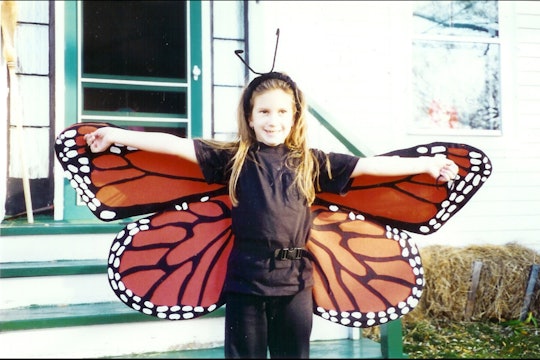
Jenny Howard
My life in butterflies: how a childhood hobby shaped my career
Citizen scientists make tangible contributions to data collection
A monarch butterfly stood on the palm of my open hand, its feet tickling my skin. The orange and black-veined butterfly opened and closed, opened and closed its wings. On the lower half of the closed wing, the butterfly had a small white circle, a tag, with a unique identifying number and an address where someone could report the butterfly, if found. I extended my hand high above my head and the butterfly took off, ascending into the sky and disappearing.
That moment, in 1993, was the first time I ever tagged a butterfly – and I got hooked. It was part of a citizen science project that has engaged thousands of volunteers since organized efforts started in the 1940s. For me, tagging monarch butterflies as a seven-year old led to my pursuing a PhD in biology. These early experiences were also a window into a passion for science and an enthusiasm for our natural world. For many people, volunteering with a citizen science project can make science accessible, familiar, and engaging. It can also be crucial for important scientific discoveries that can only happen through collecting large amounts of data across a wide geographical area.
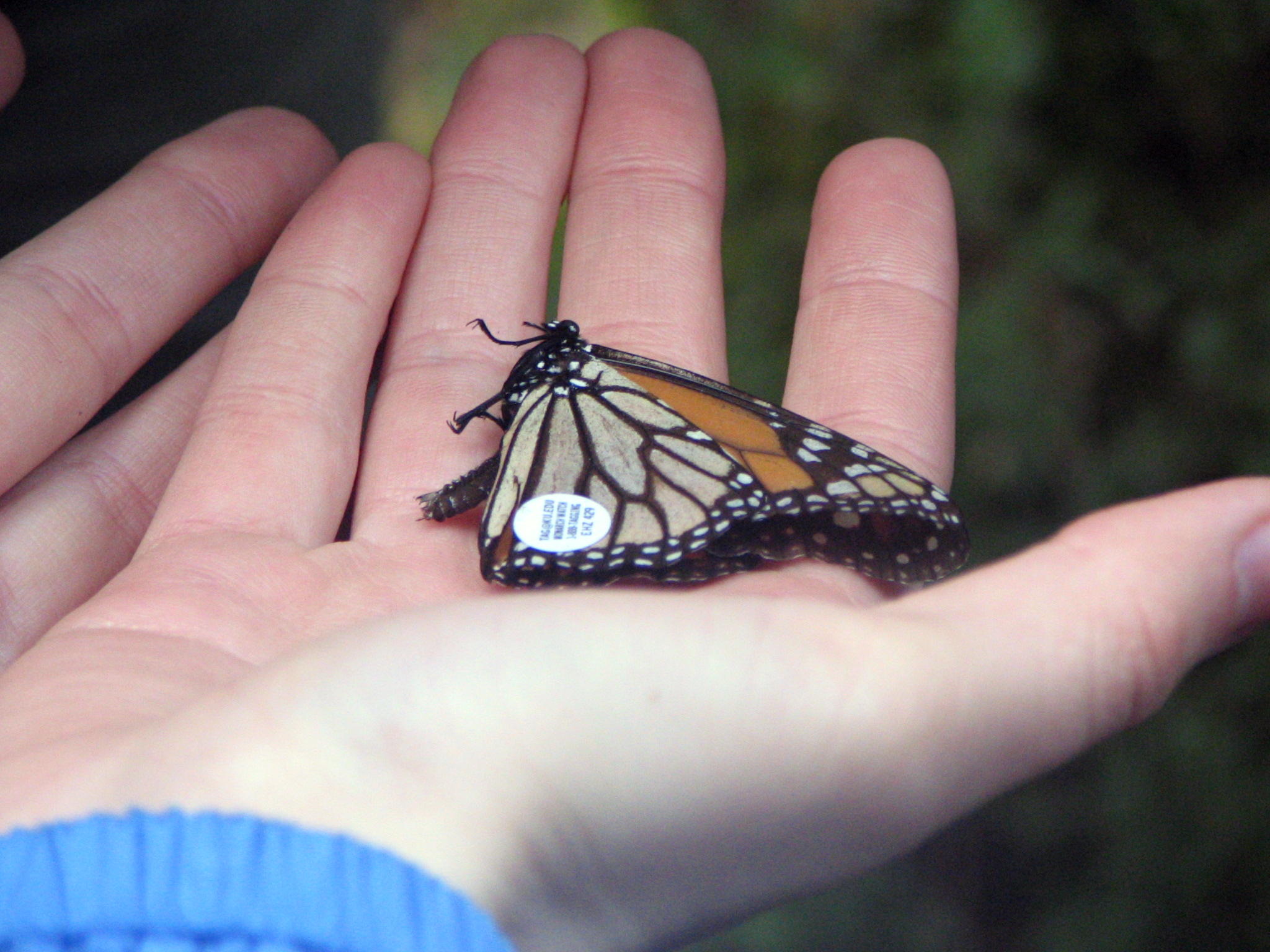
Lepidoptera in the palm
Jenny Howard
Citizen scientists — as biologist Caren Cooper writes in her book, Citizen Science — can be anyone, often not trained as a scientist, who collaborates with trained researchers in "collective scientific endeavors.” It can be a way for people to develop hobbies, learn new skills, join a community, or first engage with science. It can lead to friendships and careers. Citizen science projects can range from counting and identifying birds during National Audubon Society’s Christmas Bird Count, identifying animals in camera trap photos with Snapshot Serengeti, to tagging monarch butterflies to study their migration, as I did.
Community-based science data isn't a new concept. Early oceanography depended on people reporting the location of messages-in-bottles that had been purposely released into the ocean to study ocean currents. The National Audubon Society's Christmas Bird Count started in 1900, and more than 76,000 volunteers across the country helped complete it's 118th count this past Christmas.
But the internet and social media have helped to significantly increase the number of projects and participation rates. Now, interested volunteers can find citizen science initiatives much more easily, and scientists can crowdsource data collection much more quickly. For example, eBird, run by the Cornell Lab of Ornithology, allows birders to quickly report bird sightings across the world, creating a huge global database of when and where certain species occur in the world--and how that is changing over time.
It wasn't until the 1940s that monarch citizen science efforts became organized endeavors. During the early 1900s, scientists observed that monarchs migrated south each fall, leaving when temperatures dropped and daylight hours decreased. But North Americans had no idea where the monarchs went. It was only through volunteers tagging the butterflies that we discovered where monarchs from the eastern United States and Canada spend their winter. After years of scouring potential locations, in January 1976, a professor from Toronto discovered a tagged monarch butterfly in the transvolcanic mountain range of central Mexico.
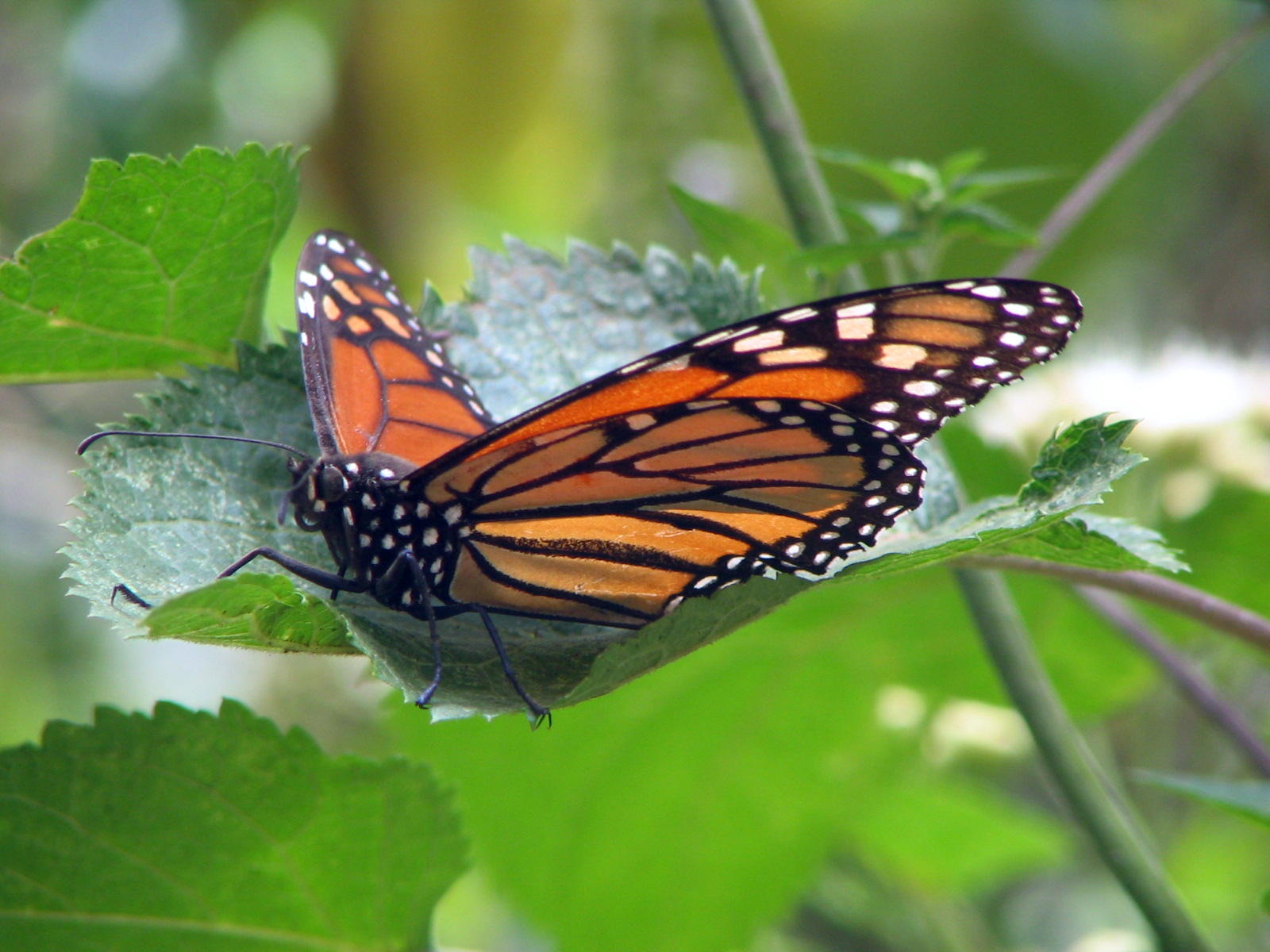
A monarch
Jenny Howard
That individual butterfly had been tagged by volunteers in Minnesota earlier in the fall of 1975, providing the first concrete proof that monarchs migrated from the northeastern US to Mexico to overwinter. This discovery was famously captured on the front cover of the August 1976 edition of National Geographic. (It is important to note here that Mexicans had long known about this location, as the arrival of monarchs in Mexico coincides with the Day of the Dead on November 1, with the monarchs representing the souls of their ancestors. But they had no idea where the monarchs came from.)
One of the main organizations associated with monarch tagging today is Monarch Watch. Established in 1992 by insect entomologist Chip Taylor of the University of Kansas, the program blends education, conservation, and research. It is an inspiring testament to the power of citizen science. Each year, thousands of people, mostly non-scientists, participate in Monarch Watch’s programs. Primarily, these teachers, students, and monarch enthusiasts help by tagging monarch butterflies across the east coast of the USA to track their migration south to Mexico during the fall.
My mom, a non-scientist, found out about Monarch Watch and decided this was the perfect activity for her three daughters, all under the age of seven. My youngest sister was strapped onto my Mom’s back while we walked through an abandoned field near my elementary school. My mom taught us to carefully look underneath each milkweed leaf — the main source of food for the caterpillars — for monarch butterfly eggs or caterpillars. Anything we found, we placed in our plastic terrarium with plenty of fresh milkweed leaves for our hungry caterpillars to eat. Then we waited.
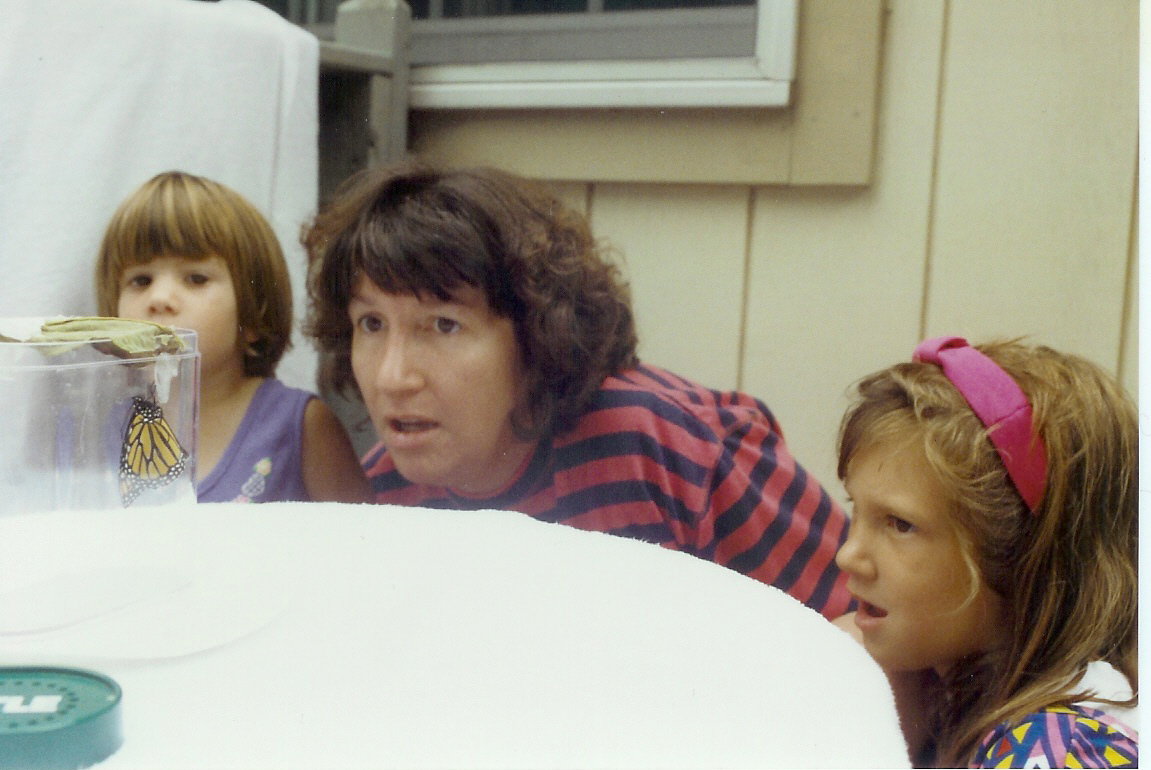
Jenny Howard
Monarch butterflies were my entryway into biology. Over the course of a month, I observed their entire metamorphosis from egg to caterpillar to pupa to adult. I watched as itty-bitty caterpillars emerged from their pin head-sized eggs and grew into a caterpillar larger than an inch; in two weeks, they were 2,000 times larger than when they first emerged. They would then climb up the sides of our plastic terrarium, “glue” one end of its body to the ceiling, and then hang in a “J.” I watched with eyes wide when the caterpillar would start shimmying its body, working to shed its skin and reveal its inner green body. In less than an hour, my caterpillar had turned into a glossy, gold-spotted green chrysalis. The budding scientist I was, I wrote the date the chrysalis formed on a little piece of tape and put that near the chrysalis. Like clockwork, almost two weeks later, a wet wrinkled butterfly emerged. Several hours later after pumping the wet fluid from its wings, the butterfly had dried out and was ready to be tagged.
How does one tag a monarch? Very carefully. When I first started tagging monarchs, we had small pieces of paper that were attached to the wing of the butterfly with a special glue. Now, I can easily apply a sticker the size of a pencil eraser. The tag is lightweight and when placed close to the body on the lower wing, it doesn’t affect the butterfly's flight. Anyone interested in participating can get Monarch Watch tags, recording information on each butterfly tagged, like the sex and body condition, and the date and location of the butterfly’s release. I continued tagging monarchs throughout my childhood, earning the nickname “butterfly girl” from teachers.
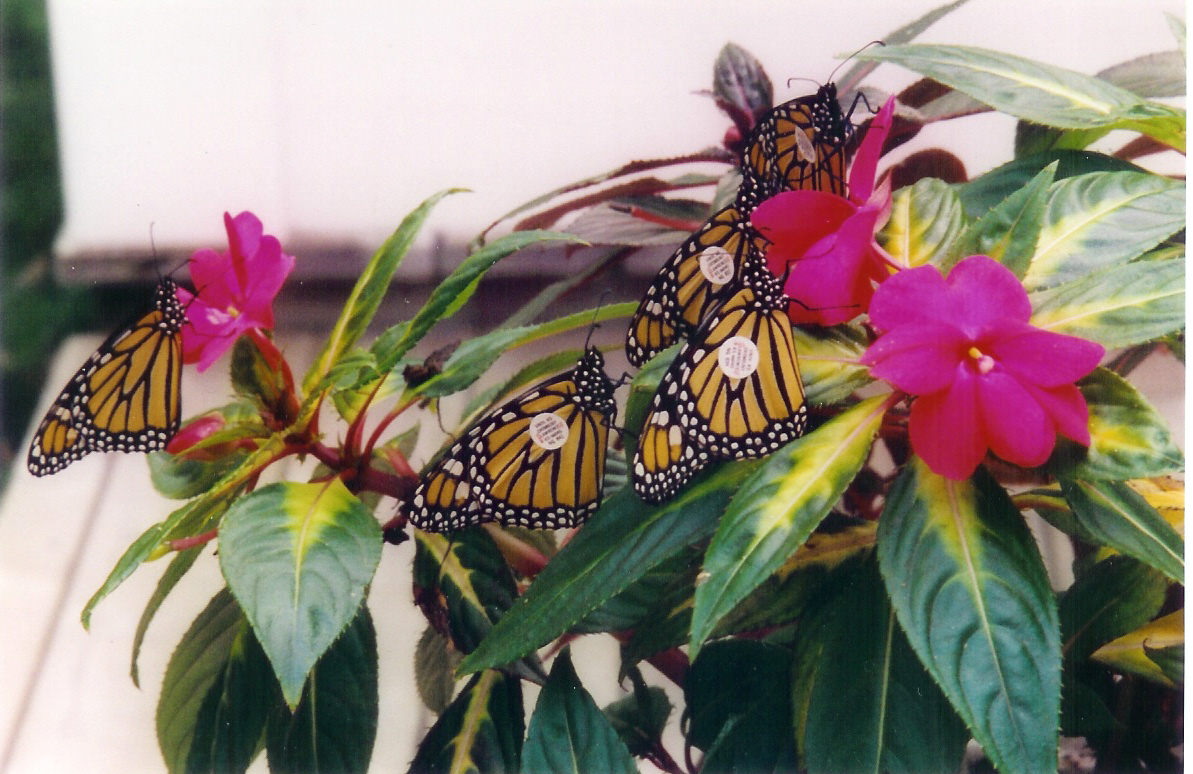
Jenny Howard
Monarch populations are found on most continents, and even isolated islands, but they are best known for the incredible migration that the East Coast population makes each fall. Butterflies in the northeast respond to light and temperature changes and start migrating south, navigating to Mexico using air currents and a built-in compass calibrated to the sun. They weigh less than a paperclip, yet are able to travel thousands of miles to spend the winter in Michoacan, Mexico, layered on top of each other on the branches of Oyamel fir trees.
What makes this migration even more incredible is that the butterflies that travel to Mexico have never been there before, similar to young arctic terns instinctively migrating 12,000 miles south to Antarctica for the first time. Monarchs partition their life cycle into four or five generations per year, each with a purpose. Most live less than a month, but one "super" generation lives many months, emerging in the late summer or early fall, migrating to a less than 50-square-mile forest habitat in Mexico, and dying after reproducing the following spring. The butterflies that migrate south are the great-great-grandchildren of the adults that migrated north.
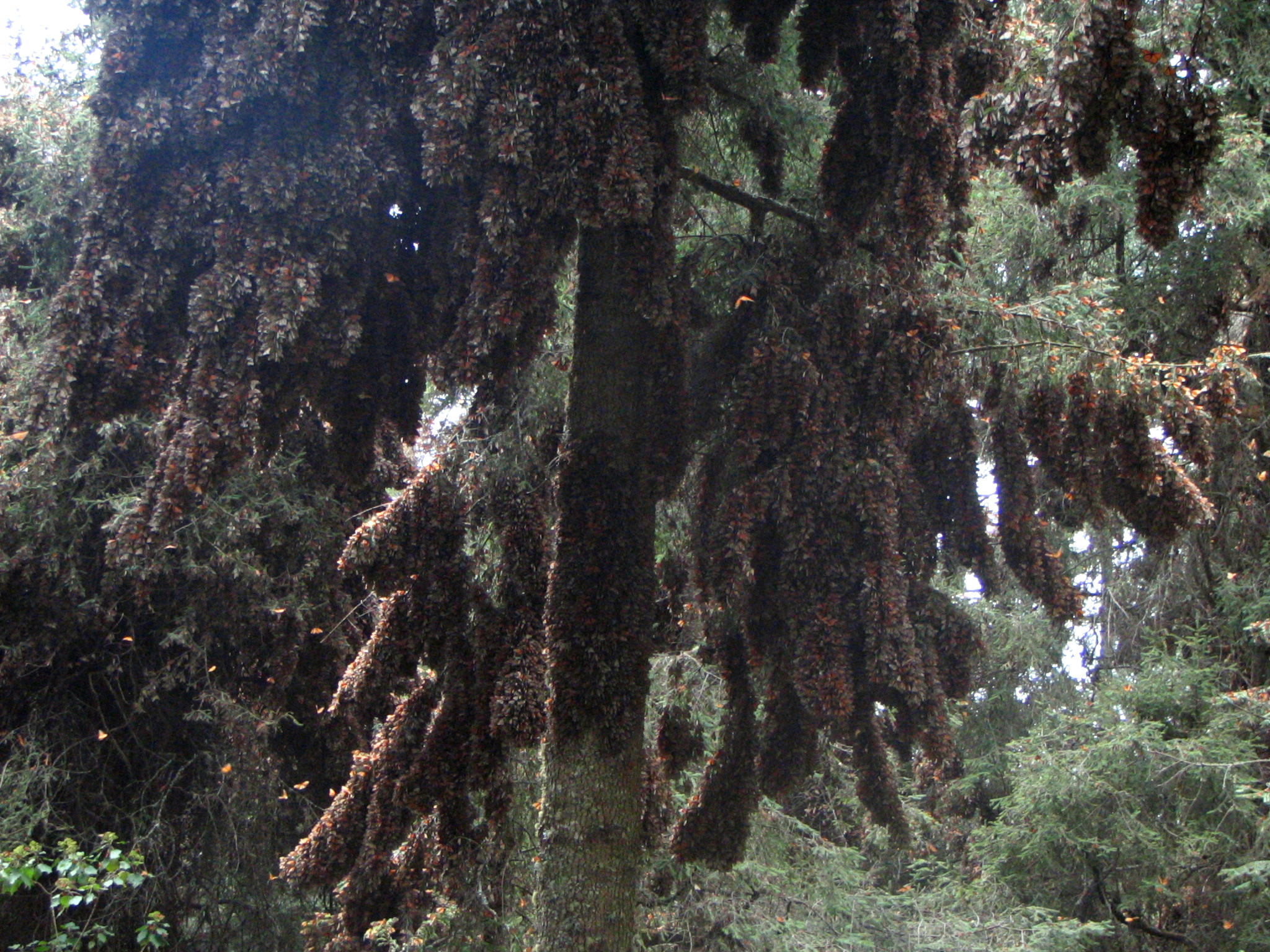
Jenny Howard
Monarchs are the only butterflies that migrate at this scale – and this phenomenon is at risk, because of human-caused factors, such as a decline in available milkweed as farmers switch crops or illegal logging destroying their winter habitat.
Long-term monarch monitoring programs, fueled by generations of energetic volunteers, have helped show new patterns in monarch migration. Monitoring monarchs in the same location, year after year, has allowed researchers to determine that warmer falls, like we had in 2017, can delay the migration to Mexico. These delayed or late migrators don't survive as well as early migrators. Warming temperatures associated with climate change could lead to increasing delayed migrations, putting the monarchs further at risk.
I visited one of these monarch reserves in March 2005. It was a transformational experience. The monarchs bring in thousands of tourists each year, helping the local economy and providing some incentive to protect the remaining forest. The town of Angangueo, Mexico, for example, hosts an annual Monarch Butterfly Festival that fills hotels and restaurants with visitors. My visit was 13 years ago, yet the sensory experience of visiting the reserve still sticks with me in fine detail.
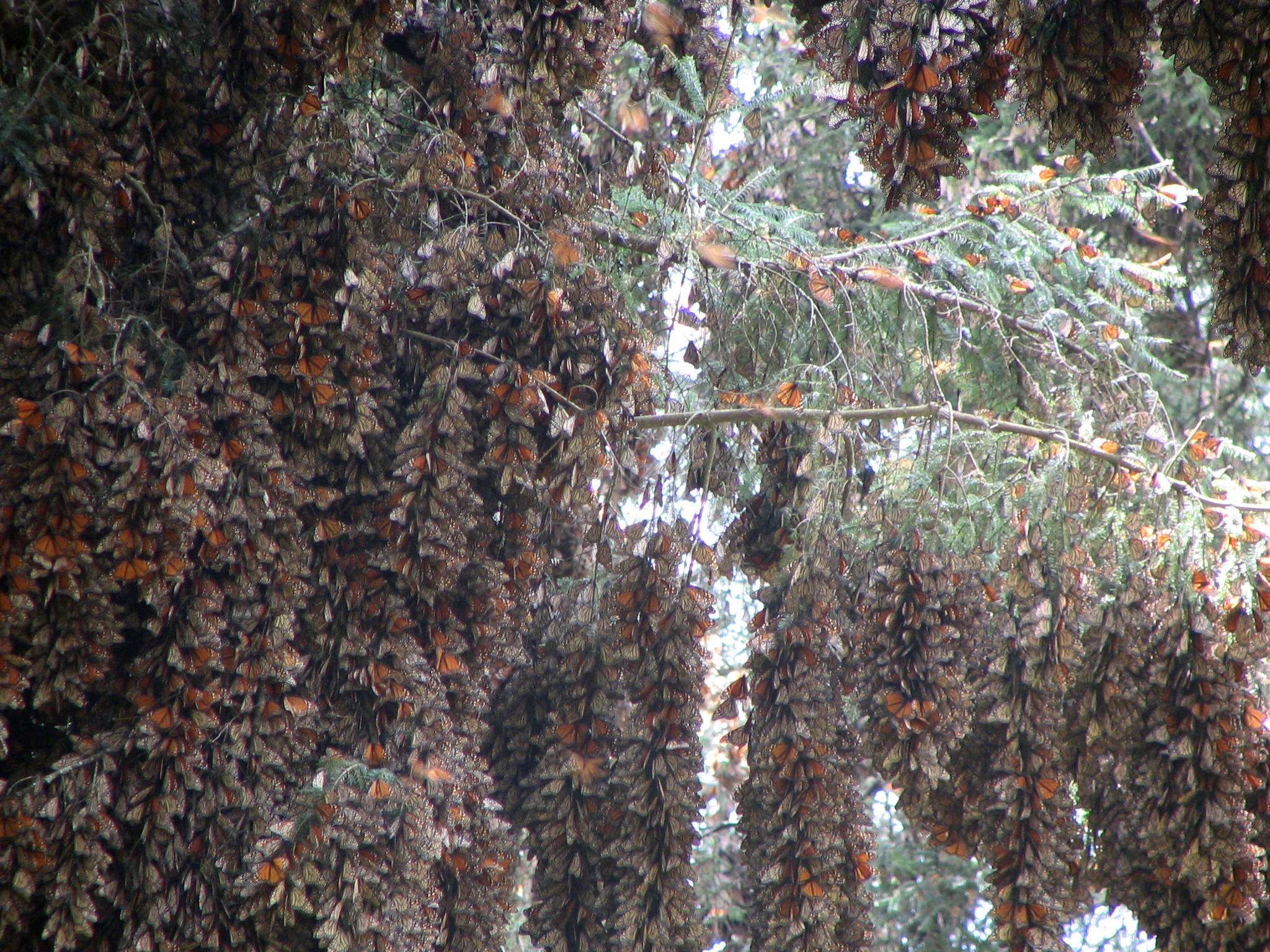
Jenny Howard
The Oyamel fir trees were majestic and the air was cool and dry. It was quiet, a muted stillness like walking into a cathedral. Butterflies dripped from the tip of each fir limb so that the trees were all the same orange-brown from the millions of monarch wings blanketing the branches. Somewhat miraculously, as I stared down at the blanket of dead monarchs on the ground--those unfortunate to not survive their overwintering period — my eyes caught sight of a dot of white. I reached down and picked up a tagged monarch butterfly. My heart thumping, a careful inspection of the tag revealed it was a Monarch Watch butterfly — tagged by someone, somewhere, in the eastern US.
Though my tagged monarchs never made it to Mexico (they were never found there, at least), it was powerful to find one that had. You can make a direct link between where that monarch was tagged, what date it was done, and where it is found many months later.
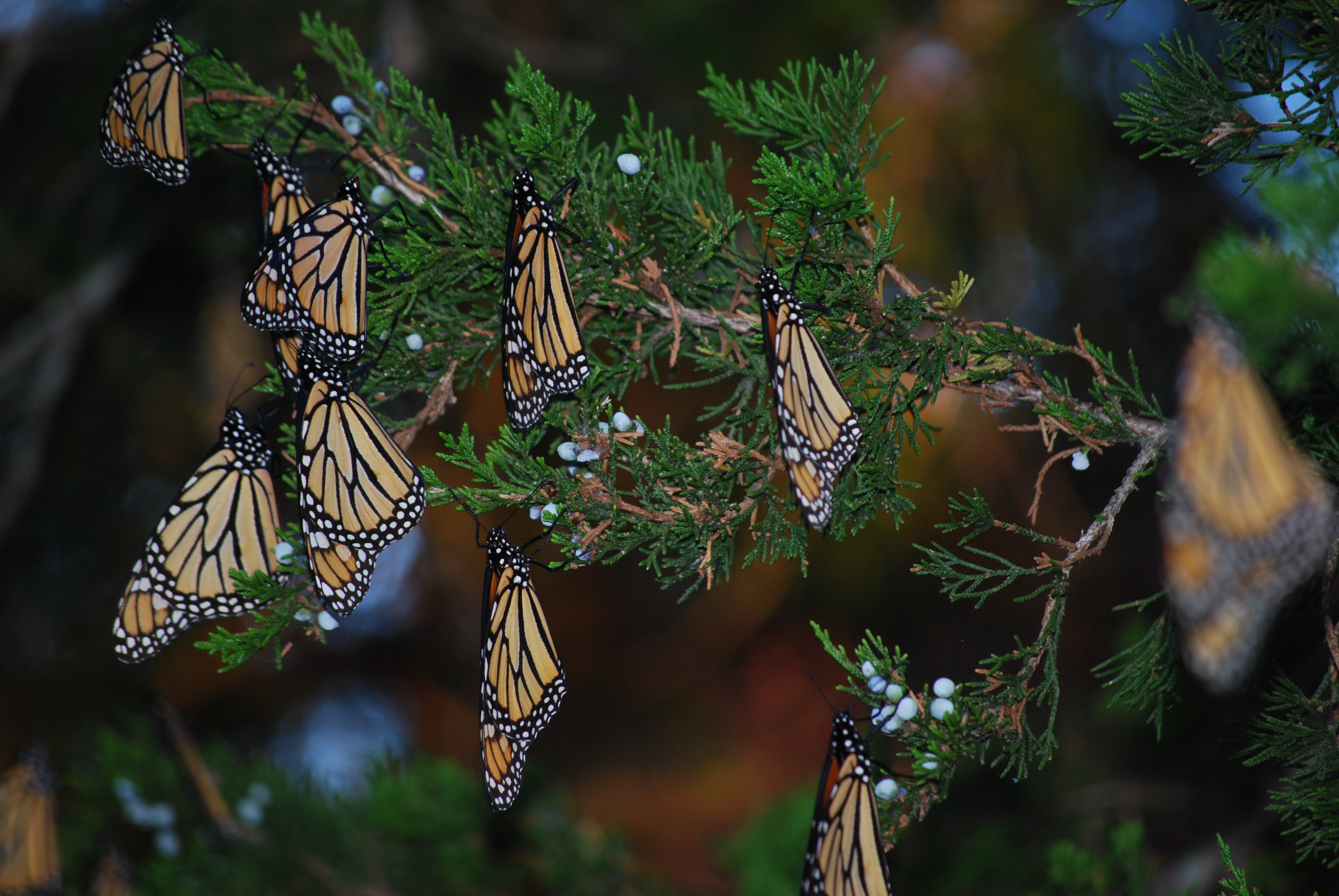
Jenny Howard
My passion for science inspired by these small insects continued to Kenyon College in Ohio, where I majored in biology. And it led to Cape May, New Jersey, in 2010, where I had the amazing opportunity to be a Monarch Butterfly Technician for two months. I worked with the Cape May Monarch Monitoring Project, tagging monarchs, monitoring the butterflies’ migration south, and helping to give lectures at the local state park. Here, I found an inspiring community of driven volunteers, citizen scientists, and friends. Together, we tagged more than 3,000 monarchs, talked to hundreds of interested visitors, and witnessed the amazing movement of monarchs crossing the Delaware Bay from New Jersey to Delaware. Ironically, these citizen scientists were also passionate birders who introduced me to a whole new world of winged, migrating creatures: seabirds.
Monarch butterflies, and the citizen science projects supporting them, helped draw me into science over 20 years ago. Other projects like Audubon's Christmas Bird Count have also empowered other young students to embark on careers in science. Engaging in any manner of projects, like monitoring sea level rise or collecting and donating sparrow eggs found in bluebird boxes, contributes to science and helps get students of any age outdoors. Remember, science isn't just for scientists.
